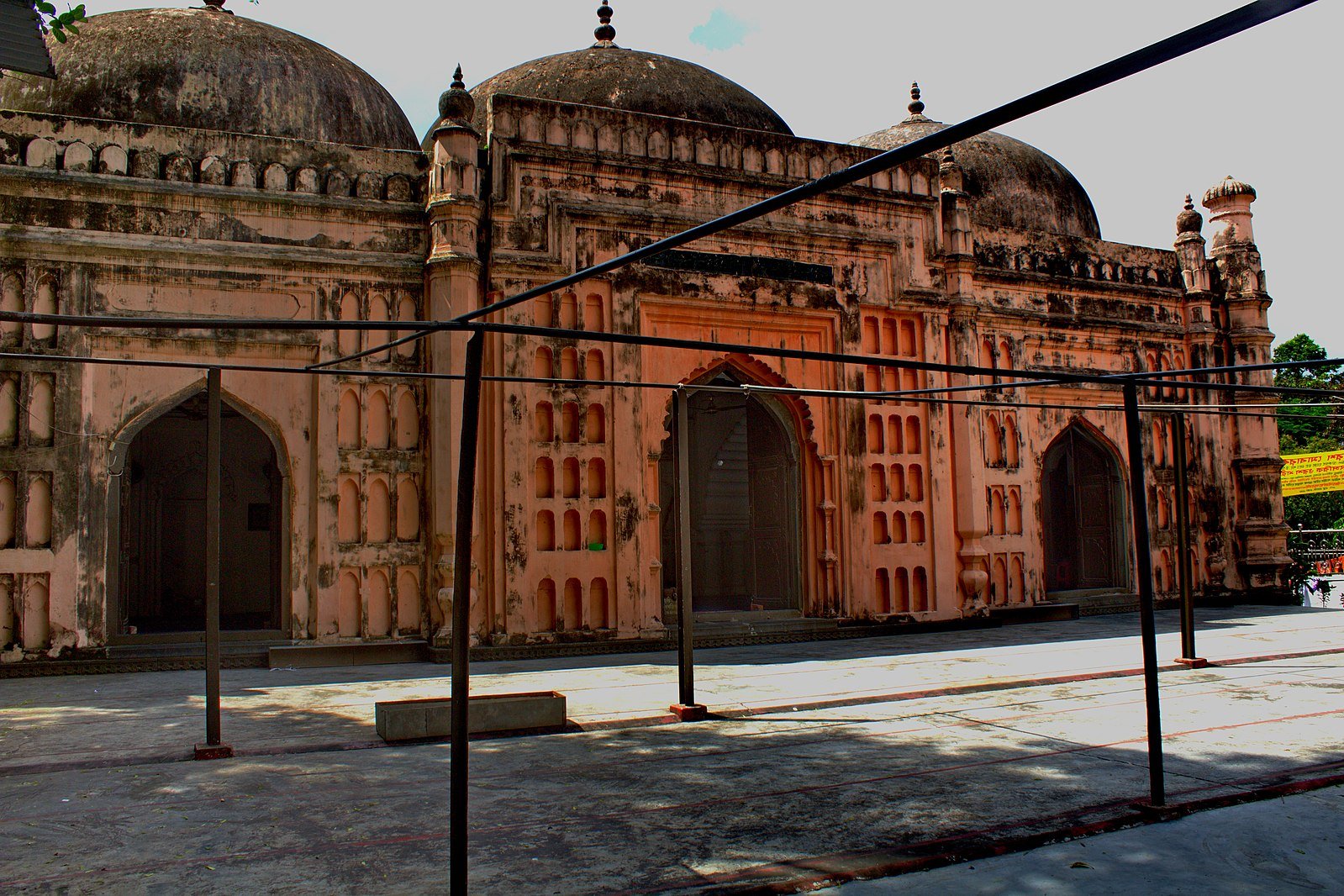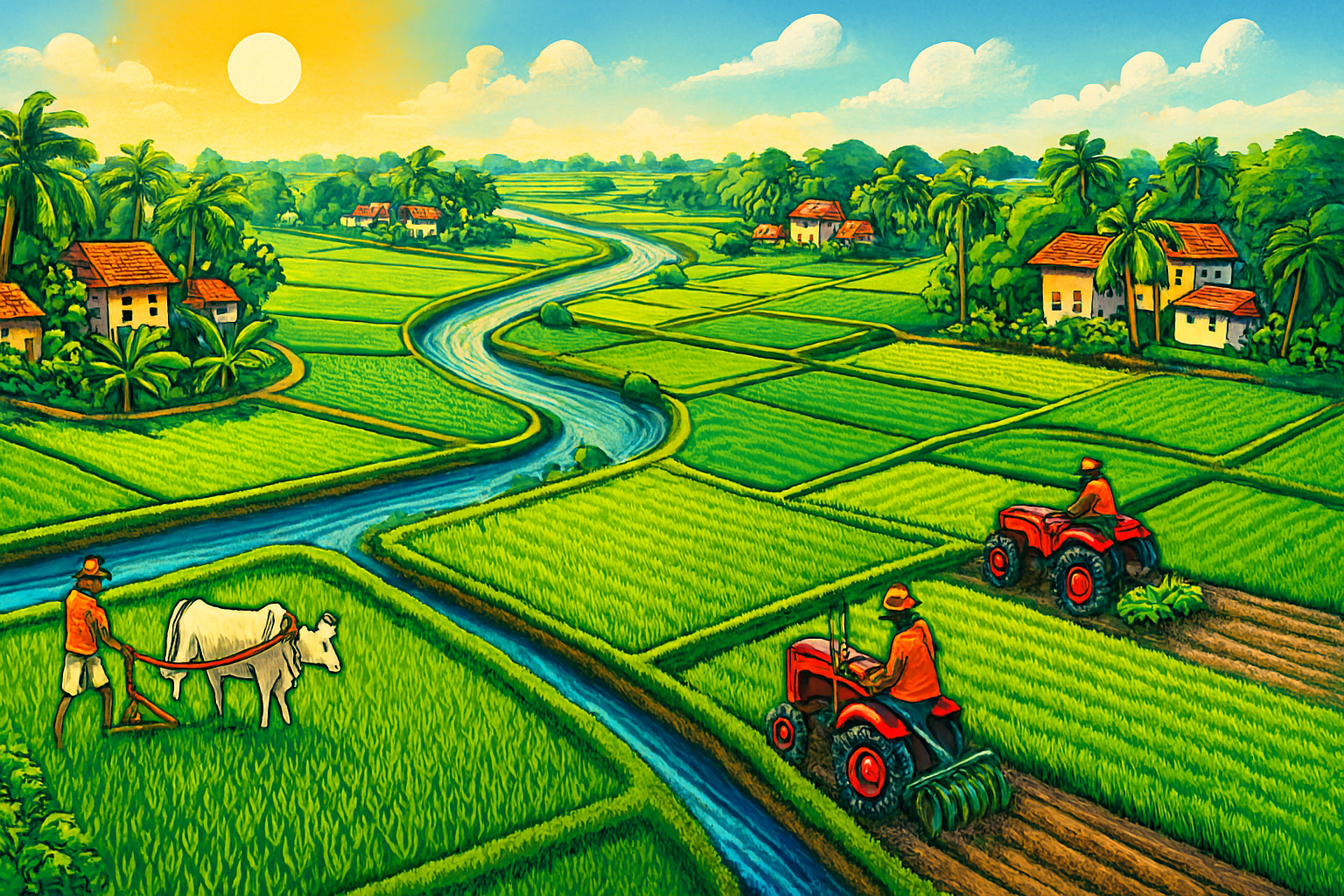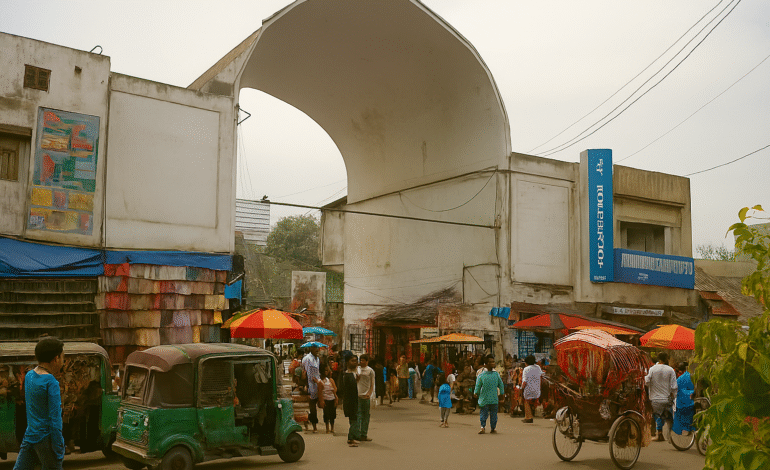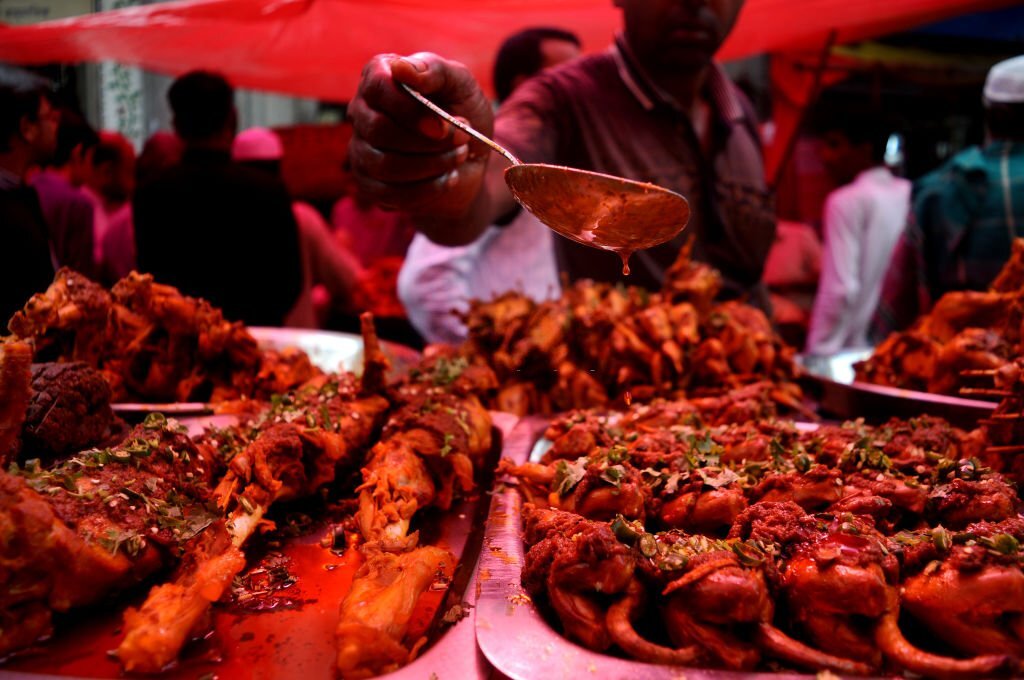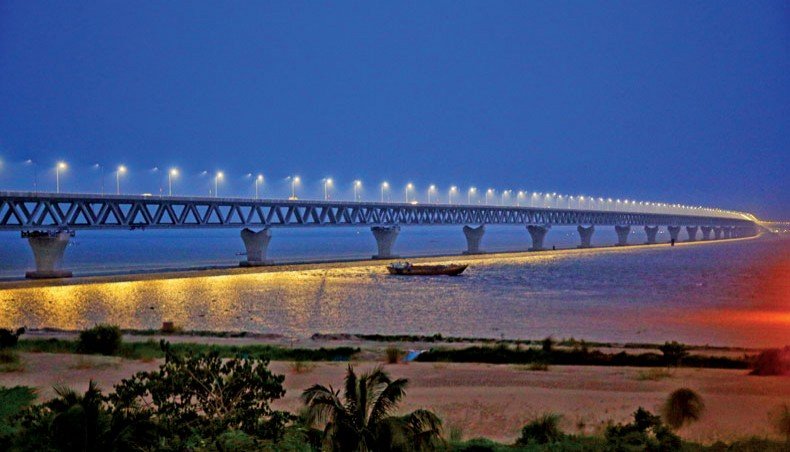Dhaka New Market: Heart and Soul of the City for
Dhaka New Market is more than just a place to shop—it embodies the rhythm, heritage, and life of the capital. For over seven decades, Dhaka New Market has welcomed generations of Dhakaites, serving as both a marketplace and cultural landmark. Despite the rise of luxury malls and online stores, this bustling shopping complex continues to draw people from all walks of life, reflecting its deep roots and the changing face of commerce in Dhaka.
Origins & Architecture
Constructed between 1952 and 1954 under the leadership of East Pakistan’s Chief Minister Nurul Amin, Dhaka New Market was among the first planned commercial complexes in the city. The market was designed to serve nearby residential areas such as Azimpur, Dhanmondi, and Ramna. Covering roughly 35 acres with a triangular layout and three large arched gates, the architecture of Dhaka New Market reflects openness with its verandas, wide corridors, and a generous central walk space.
Originally, about 440 shops were planned. Over time, the number of storefronts and blocks has been expanded, including special sections such as New Super Market for crockery, Bonolata for kitchen items, Chandrima for fashions, and the D-block for groceries. This layered growth has helped Dhaka New Market retain its role as a central place for daily shopping needs.
What Makes Dhaka New Market Special
One of the defining attributes of Dhaka New Market is its accessibility. People from across Dhaka, whether from wealthy or modest backgrounds, visit regularly because the market offers products across price points. Clothing, jewellery, housewares, stationery, kitchen utensils, snack shops—all are found within its network of lanes and blocks. Moreover, bargaining is part of the experience—buyers expect to negotiate prices, which gives the market its character.
Another charm is nostalgia. Many Dhakaites remember going to Dhaka New Market in the ’50s and ’60s, evening strolls after school, ice cream shops, and casual shopping with friends. Shops like book stalls, stationery vendors, small eateries, and old bakeries are still spoken of with affection. These memories help anchor the market in the hearts of its users, giving it deeper meaning than just commerce.
Current Status & Footfall
After 70+ years, Dhaka New Market remains one of the busiest hubs in Dhaka. It draws student crowds, office workers, homemakers, and visitors who come for essentials as well as specialty items. Even in the face of competition from modern shopping malls, the market continues to thrive because of its location, affordability, and variety.
According to market association estimates, there are currently around 444 shops in the core market complex. It provides livelihoods to thousands—traders, shopkeepers, hawkers, service providers—and acts as a daily lifeline for many residents. The annual turnover is substantial, with customers from across Dhaka and beyond contributing to its economic sustainability.
Traditions & Changes
As with any long-standing institution, New Market has changed over time. The blocks added in the 1980s expanded its scope, adding more specialised market segments to meet growing demand. Similarly, some architectural modifications, additions of shops, and modifications of open courtyards reflect the pressure of urban growth.
Consumer behavior has evolved too. Where earlier the market catered mostly to imported or luxury goods for elites, now its biggest users are middle-class shoppers seeking everyday items. Sections around Gate 2 and Gate 3 focus heavily on fashion, footwear, and trendy clothing items. Gate 1 still holds older charm, with shops selling stationery, books, and classic goods.
Still, some heritage features are under threat. Traders and longtime observers note that adding extra storeys, encroaching vendor stalls, and changes in layout may erode the original open-air and low-rise character of Dhaka New Market.
The Shopping & Cultural Experience
Walking through Dhaka New Market is as much a sensory experience as a shopping one. Early afternoons or evenings find the sidewalks crowded with stalls of sunglasses, belts, scarves, imitation jewellery, and toys. The stalls outside the core market are extensions of the indoor shops—offering export surplus items, colourful textiles, electronic gadgets, and knick-knacks.
Inside, narrow lanes, older shops, each with their loyal customers. Book-lovers linger around magazine and storybook outlets. Students compare prices for stationery. Housewives bargain over kitchenware. Visitors sometimes pause to enjoy snacks, ice-cream, or local street-food vendors. Ÿ These small moments—the smell of baking, the rustle of plastic bags, the cries of vendors—make Dhaka New Market feel alive.
Challenges & Pressure Points
Though deeply loved, Dhaka New Market faces multiple challenges threatening its legacy:
Space & Congestion: Parking is limited; surrounding roads become overcrowded during peak hours, causing traffic congestion and inconvenience for shoppers.
Heritage Preservation: Some modifications—adding floors, altering original design—raise concerns among historians and residents who fear loss of original architectural character.
Competition: Modern shopping malls offer amenities—air conditioning, cleaner environment, brand stores—that attract younger shoppers. Dhaka New Market must balance modernization without losing its soul.
Maintenance & Cleanliness: Open corridors, narrow lanes, and bustling crowds make cleanliness, lighting, and facilities harder to maintain. Shoppers often mention dim lighting or lack of amenities in older parts of the market.
Why Dhaka New Market Still Matters
Despite its challenges, Dhaka New Market holds a cherished place in Dhaka’s landscape. It represents a memory of simpler times, the first shopping complex where one could stroll, shop, and socialize. It is a marketplace of trust—where deals are made by hand, and loyalty to shops lasts decades.
For many middle-class families, New Market remains the go-to place during festival seasons, school shopping, wedding preparations. It’s one of the few places where affordability, diversity, and accessibility coexist.
Moreover, as Dhaka grows vertically and digitally, markets like this preserve human scale, sensory richness, and cultural continuity. They remind people of face-to-face shopping, of bargaining, of strolling under arched gates rather than passing through a mall. Dhaka New Market is both a living museum and a functioning marketplace.
The Future: Balancing Heritage & Progress
Looking ahead, preserving Dhaka New Market will require thoughtful interventions:
Enforcing heritage-sensitive regulations to prevent excessive modifications.
Upgrading infrastructure—lighting, walkways, sanitation—without altering core layout.
Supporting traders to improve display, merchandising, perhaps embrace digital payment while keeping bargaining alive.
Enhancing access—better parking management, public transport connections—to ease congestion.
Promoting New Market as a cultural destination in addition to shopping—for tourists, history enthusiasts, and nostalgic locals.
Dhaka New Market is more than a marketplace. It is a vessel of memories, commerce, and cultural identity. With its triangular gates, rows of shops, vendors, corridors, it’s woven into the daily lives of Dhakaites. While malls and online stores push modern retail forward, New Market holds its ground by offering authenticity, diversity, and tradition.
As Dhaka marches into the future, Dhaka New Market remains the heart and soul of the city—a reminder that progress need not erase heritage, and that a marketplace can be more than transactions: it can be living history.
